Study: Excessive nurse overtime, agency staffing harm patients
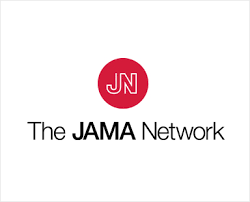
Editor's Note Overreliance on overtime and agency nurse staffing can significantly increase the risk of pressure ulcers and, in the case of agency hours, perioperative hemorrhage or hematoma, according to research published April 2 in JAMA Network Open. Using data from 70 US hospitals between 2019 and 2022, researchers…
Northwestern tests autonomous blood draw robot

Editor's Note Northwestern Medicine has partnered with robotic technology firm Vitestro to test and validate the safety and effectiveness of autonomous blood draw technology, according to a March 20 announcement from the health system. The multi-year collaboration centers on Aletta, billed as the world’s first Autonomous Robotic Phlebotomy Device (ARPD),…
Hospital closures rise in 2025 amid ongoing financial pressures

Editor's Note Ten hospitals have reportedly closed 3 months into the year, with five shuttering in February alone—a stark escalation compared to the 25 closures reported in 2024 and 14 in 2023, Becker’s Hospital Review March 21 reports. This troubling trend raises questions about the mounting difficulties hospitals face, from…
AI agents sweep healthcare, promising speed and efficiency
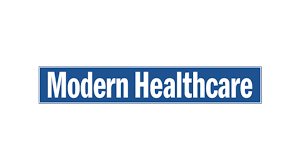
Editor's Note Various digital health companies are racing to introduce a new wave of artificial intelligence (AI) tools—often called AI agents—designed to handle labor-intensive tasks in healthcare with unprecedented speed. These specialized tools aim to manage everything from verifying insurance benefits and clarifying pre-procedure details for patients to aiding in…
Session: Riding the Wave—Considerations to Making Anesthesia Profitable in Today's Labor Market
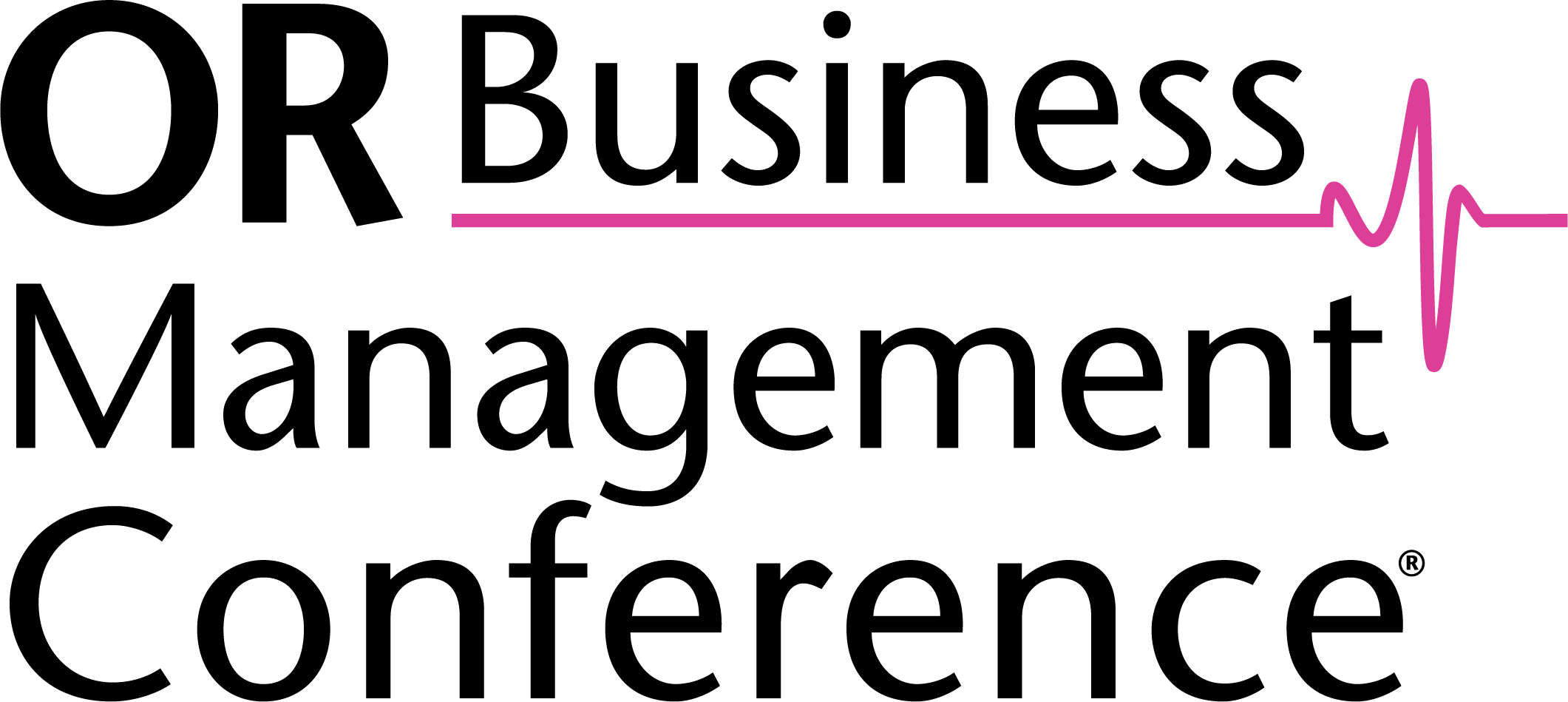
Editor's Note The OR Business Management Conference this year for the first time offered a lineup of sessions that was fully dedicated to content relevant to ambulatory surgery centers (ASCs). In this session, Collin Pick, MSN, CRNA, ARNP, CMPE, chief of anesthesia, Physician Partners of America, explored the ongoing anesthesia…
Oregon bill seeks to ban AI from using ‘nurse’ title amid patient safety concerns
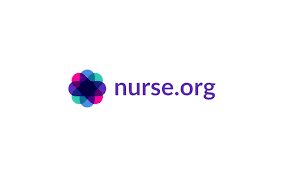
Editor's Note Only humans should be called nurses, argues Oregon State Representative Travis Nelson, a Portland Democrat and practicing nurse who recently introduced new legislation aiming to prevent the title from applying to artificial intelligence (AI) or any non-human entity. As detailed in a February 4 report from Nurse.org, House…
Session: Setting Sail—Top 5 Business Trends for Ambulatory Surgery Centers in 2025

Editor's Note In this panel at the 2025 OR Business Management Conference, led by Bob Winandy, MSN, MBA, RN, CEO of Brightside Surgical; Janet Carlson, MSN, BSN, RN, NE-BC, FACHE, executive director of ASCs at Commonwealth Pain & Spine; and Geri Eaves, BSN, RN, CASC, CNOR, CEO and administrator, The…
Proposed tax credit aims to bolster nurse preceptor ranks

Editor's Note Bipartisan legislation seeks to combat nursing shortages by financially incentivizing experienced nurses to train the next generation of healthcare professionals, Becker’s Clinical Leadership reported January 31. The Precept Nurses Act, introduced by Rep. Jen Kiggans, would offer a $2,000 tax credit to nurses who become preceptors in health…
Health system leader survey respondents brace for 2025 shifts

Editor's Note Health system leaders expect to face mounting physician challenges, shifting reimbursement models, and new growth opportunities throughout this year, according to VMG Health’s Health System Leader Expectations survey. Based on responses from 73 health system leaders, the report highlights the sector’s key trends and priorities for 2025. Key…
Podcast episode discusses the anesthesia provider shortage in ASCs
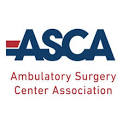
Editor's Note In a January 9 episode of the Advancing Surgical Care Podcast, ASCA President Mark Wainner engaged Alfonso del Granado, MBA, FACHE, CASC, an ASCA Board member and administrator of Covenant High Plains Surgery Center in Lubbock, Texas, in a discussion focusing on the pressing issue of anesthesia provider…

 Free Daily News
Free Daily News